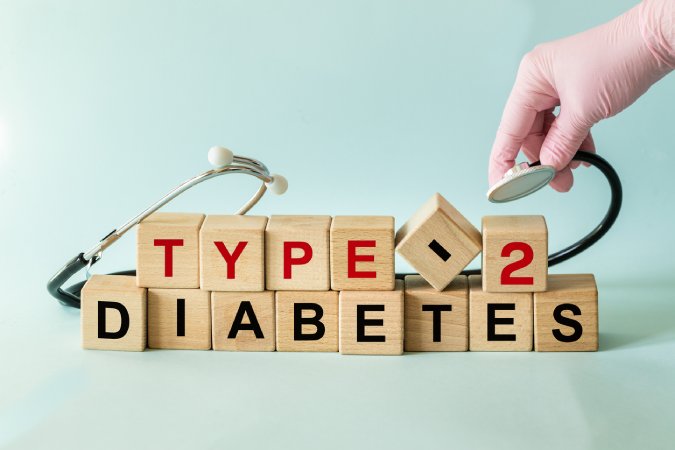New NICE guideline sets out shake-up in type 2 diabetes care
In Clinical
Follow this topic
Bookmark
Record learning outcomes
A new draft guideline from NICE on managing type 2 diabetes aims to move treatment away from a 'one-size-fits-all' approach.
The guideline, which will replace NG28 (published December 2015), says healthcare professionals should adopt an individualised approach to diabetes care that is tailored to the needs and circumstances of patients.
For people with type 2 diabetes and no significant comorbidity, or with heart failure, SGLT-2 inhibitors (canagliflozin, dapagliflozin, empagliflozin, and ertugliflozin) are now recommended as a first choice treatment alongside metformin.
New evidence suggests that nearly 22,000 lives could be saved once uptake of the recommended changes for SGLT-2 inhibitors, as a joint first line treatment option with metformin, reaches 90 per cent of the patient population.
If metformin is contraindicated or not tolerated, monotherapy with an SGLT-2 inhibitor can be offered. This is because growing evidence shows these medicines protect the heart and kidneys beyond just controlling blood sugar, says NICE.
The draft guideline introduces different treatment approaches based on patient characteristics and other health conditions:
- Adults with cardiovascular disease should be offered triple therapy including a GLP-1 receptor agonist (such as liraglutide or semaglutide)
- Adults with early onset type 2 diabetes (diagnosed before age 40) should be offered dual therapy before a GLP-1 receptor agonist is considered
- People living with obesity should receive specific treatment combinations
- Those with chronic kidney disease should have tailored recommendations based on their kidney function
- Adults with frailty should be considered for metformin alone initially.
Structured education should be offered to adults and their family members or carers at the time of diagnosis, with annual reinforcement and review, along with individualised and ongoing nutritional advice.
For adults with type 2 diabetes who are overweight, an initial body weight loss target of 5-10 per cent should be agreed, remembering that a small amount of weight loss may still be beneficial, and a larger amount will have advantageous metabolic impact in the long term.
Reducing the risk of hypoglycaemia should be a particular aim for people using insulin or an insulin secretagogue. HbA1c levels should be measured every 3 to 6 months until HbA1c is stable on unchanging therapy.
NICE has produced a patient decision aid on agreeing HbA1c targets, which also covers factors to weigh up when discussing HbA1c targets.
The Guideline advises that intermittently scanned continuous glucose monitoring should be offered to adults on multiple daily insulin injections if they have recurrent hypoglycaemia or severe hypoglycaemia or impaired hypoglycaemia awareness.
NICE says the draft guideline aligns with the 10-Year Health Plan for the NHS which highlights the need for a shift from treatment to prevention, through an approach that aims to prevent the future complications of diabetes. It also supports the roll out of digital care through continuous glucose monitoring and community-based care delivery.
Professor Jonathan Benger, deputy chief executive and chief medical officer at NICE, said: “These draft recommendations represent a significant evolution in how we approach type 2 diabetes treatment. We're moving beyond simply managing blood sugar to taking a holistic view of a person's health, particularly their cardiovascular and kidney health.
"The evidence shows that certain medicines can provide important cardiovascular benefits, and by recommending them as part of initial treatment, we could help prevent heart attacks, strokes and other serious complications before they occur. This is particularly important given that cardiovascular disease is the leading cause of death in people with type 2 diabetes.”
Around 4.6 million people are diagnosed with diabetes in the UK according to Diabetes UK, with about 90 per cent of those having type 2. Additionally, it is estimated that almost 1.3 million people in the UK are likely to have undiagnosed type 2 diabetes.
The draft guideline is open for public consultation until 2 October.

